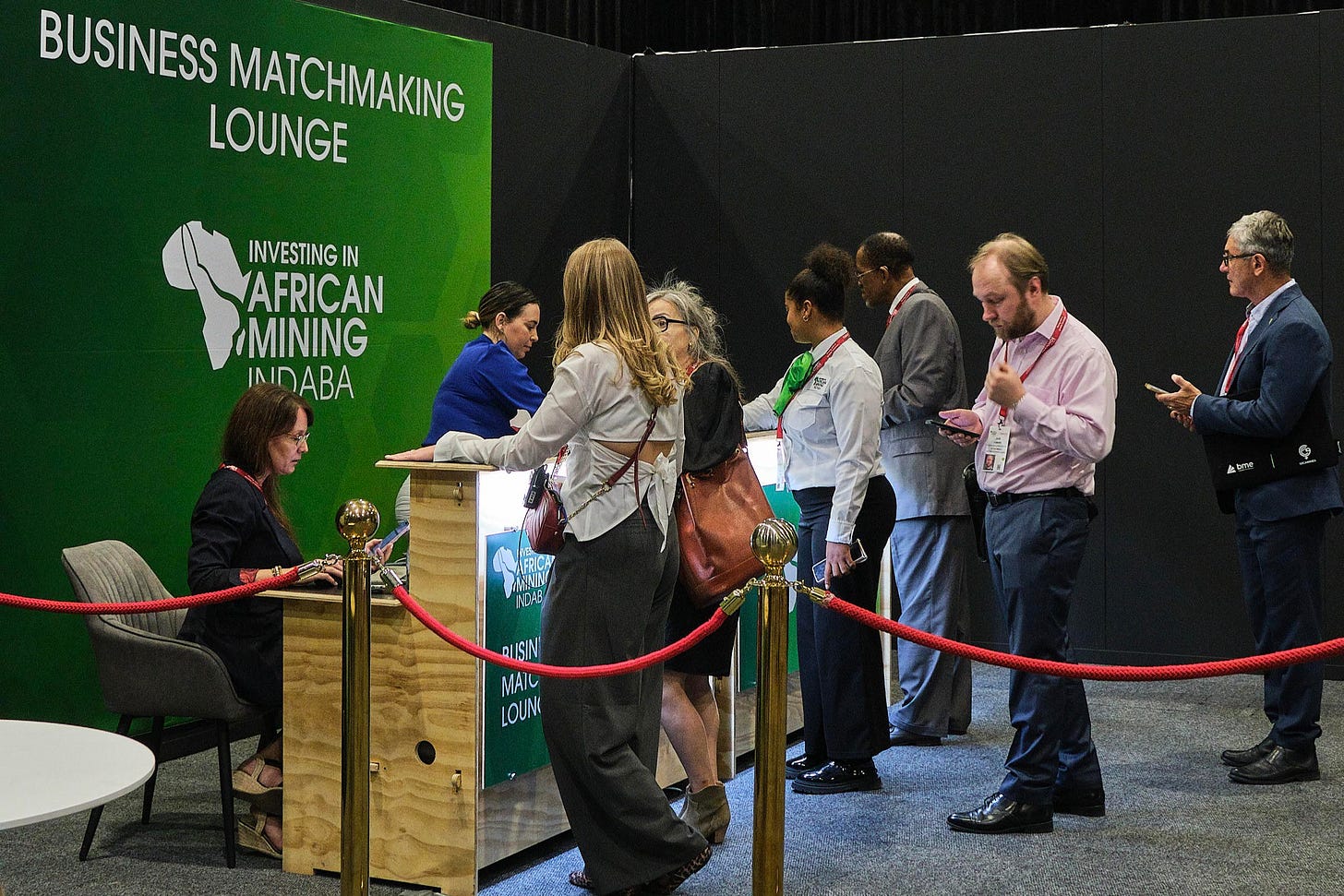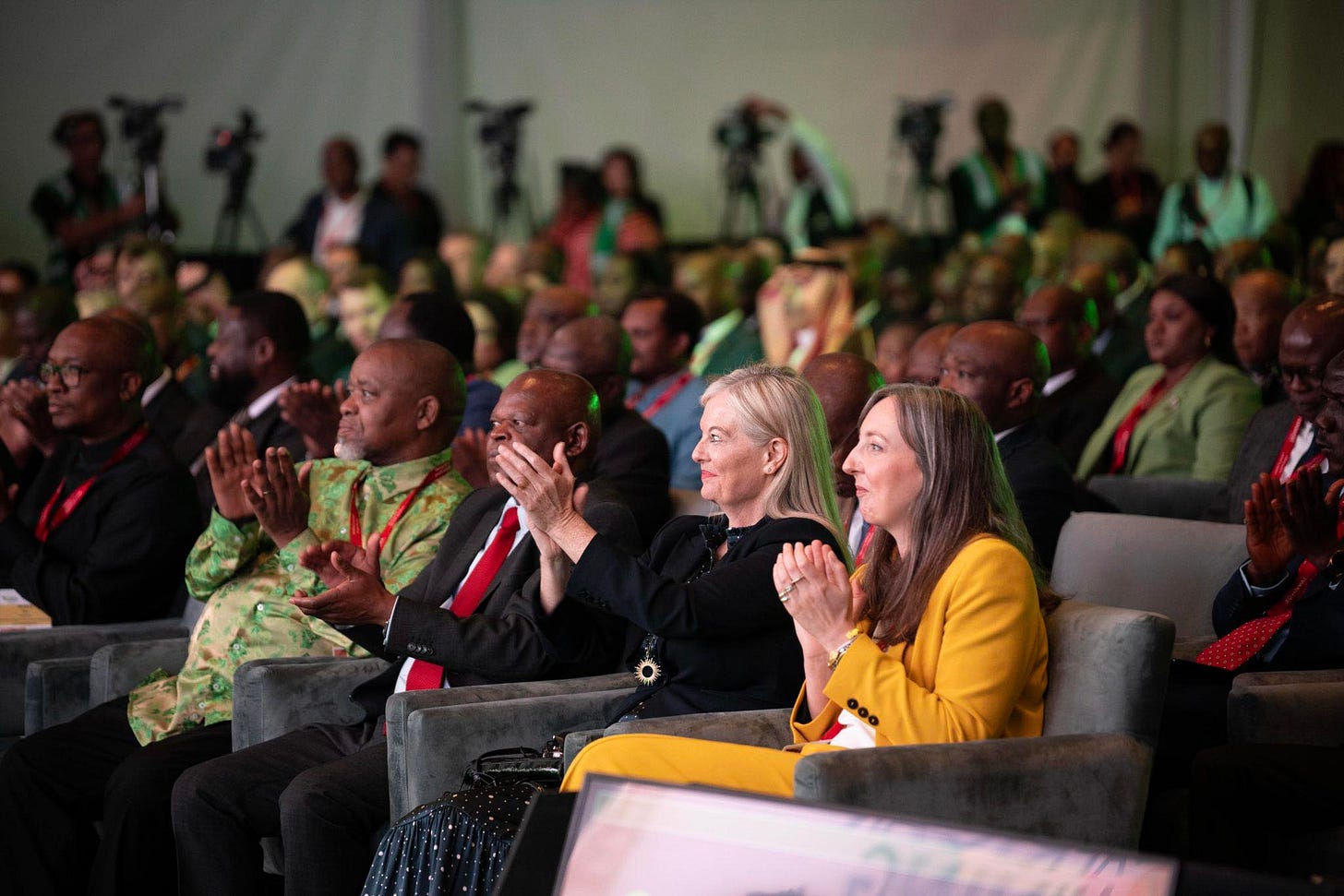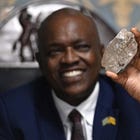Mining is pivoting to ‘critical minerals’ like cobalt, lithium... and coal?
The Mining Indaba focused on semantics rather than anything resembling real change.

Cape Town is an odd place for a mining conference. It’s easily one of the furthest spots you can be in Southern Africa from an actual mine. Yet since 1994, when post-apartheid optimism in South Africa gave birth to the Africa Mining Indaba, Cape Town has been where thousands of mining executives, government officials, investors and other assorted hangers-on trek each year for the industry’s biggest event on the continent.
The Indaba has morphed considerably over the years. But it has often taken liberties with its advertised themes. Attendees at the 2015 Mining Indaba who showed up for the “diverse perspectives from investment-minded leaders” were treated to Tony Blair (the former British premier) as keynote speaker. This year, the event was all about “placing indigenous peoples and local communities at the forefront,” but a ticket was going for $3,147. If you were an investor – defined as someone with at least $1-million on hand – it was free to attend.
The big emphasis at this year’s Indaba was the world’s need for critical minerals for the energy transition away from fossil fuels. Accordingly, key themes included delivering net zero, just energy transitions and maximising the use of Africa’s critical minerals like copper, cobalt and manganese.
If the world wants to build large numbers of electric vehicles, wind turbines and solar panels, it needs metals like these. Mining them to fight climate change is the big pitch of the mining industry at the moment.
At the Indaba, however, not everyone was following the “save the planet” script. South Africa’s mineral resources minister, Gwede Mantashe, used his opening speech to declare coal a “critical mineral” too. South Africa has 16 planned mining projects that collectively will expand the country’s annual coal production by 44-million tonnes.

Most of these projects will produce thermal coal to be burnt in power stations in South Africa or overseas. They, too, are looking for investors and lots of coal producers attended the Indaba.
Mantashe’s claim points to a wider manoeuvre with the industry’s strategy in Africa. What are defined as “critical minerals” are the metals needed for an energy transition in the Global North. Is it necessary for African mineral producers to follow this definition established by others? Could they not formulate their own definition of “critical minerals”, one based on their own needs and priorities?
It’s not necessary for Africa to accept the external definition. But pulling on this string also has a self-serving logic for the mining industry. With a wider definition, a mineral could be critical for employment, economic development, electricity generation or building infrastructure. This means coal, iron ore, uranium or gold could be critical minerals. Basically, anything mined could be.
It’s not hard to see what’s going on here. The use of the term critical mineral and the connection with combating climate change has brought positive attention and investment to the industry. By rebranding almost all mining activity as “critical”, they hope to bring the same gloss to the rest of the industry.






